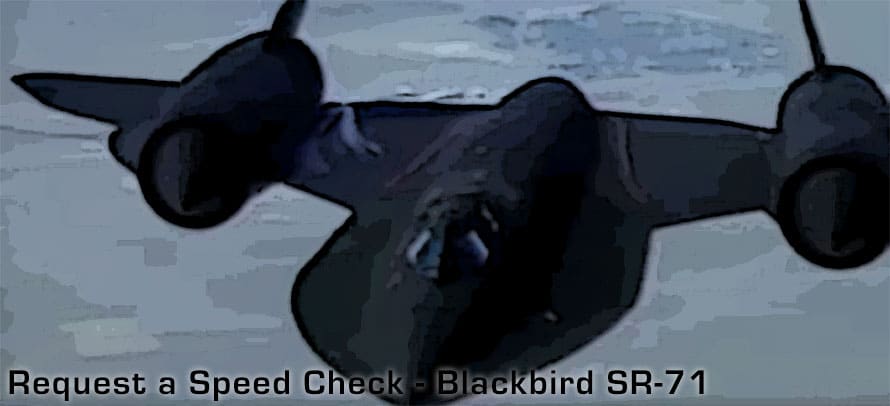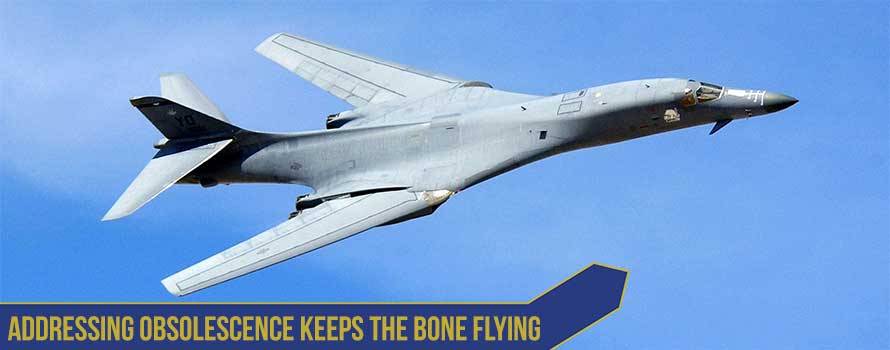What’s long, black, sleek and leaks aviation fuel onto the ground prior to takeoff (and this does not alarm anyone)? The answer would be the Cold War spycraft SR-71 Blackbird.
In 1976, the SR-71 set the record for altitude and speed by an air-breathing aircraft at 85,135 feet and 2,193 mph. The Blackbird has crossed the United States from Los Angeles to Washington, D.C., a distance of 2,299.7 miles, in only 64 minutes. Its best defense was that it could fly too high and too fast to be intercepted or shot down by fighter jets or surface-to-air missiles. Official top speeds and maximum altitude are classified.
When preparing for a mission, the aircraft would actually leak its JP-7 fuel as it sat on the runway. Because it flew so fast and experienced extreme friction heat, the fuel cells would expand during flight and seal the leaking fuel cells. It would only be partially fueled prior to takeoff to reduce stress on the aircraft’s tires. The reduced weight in fuel also provided assurance that the Blackbird could continue takeoff even if it lost one engine. Once the craft got up to altitude it would rendezvous with a refueling aircraft to complete its mission. Also, watch Battle Stations – SR-71 Blackbird Stealth Plane -Full Documentary Video
Its mission was to fly over and photograph regions that spy satellites could not reach. To remain undetected to radar systems, the Blackbird utilized stealth technology like radar absorbing paint and composites. It had an exceptionally low cross-radar signature, which made it nearly impossible to spot.
Serving since 1964, the Blackbird was permanently retired in 1998 by the United States Air Force.
In the below video, Major Brian Shul shares a true story of a ground speed check while piloting the SR-71 Blackbird over Southern California. We hope you enjoy a little history and we invite you to share this article with your friends and colleagues. If you like this article, check out more of our #JetFriday articles.







